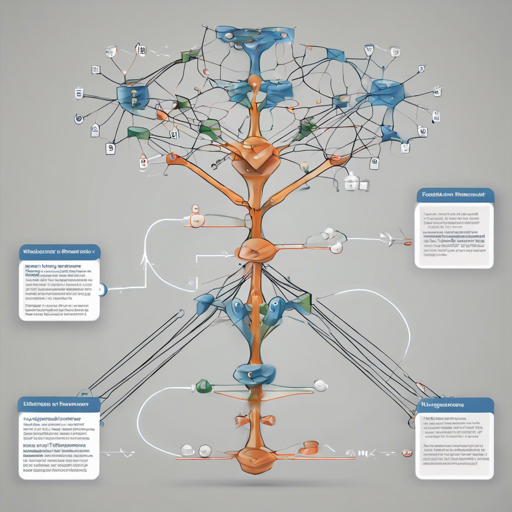The IAVL+ Tree is a versatile and efficient data structure designed for persistent storage of key-value pairs. In this blog, we’ll explore how to set up and work with the IAVL+ Tree, ensuring that you can efficiently manage your data while benefiting from its AVL balancing features. Let’s dive in!
Understanding the IAVL+ Tree
The IAVL+ Tree builds upon traditional AVL Trees by providing an immutability feature for its nodes, facilitating easier and more efficient transaction management. Visualize this tree as a well-organized filing cabinet where:
- Each drawer (node) can only point to documents (child nodes) that haven’t changed (immutability).
- Folders (transactions) can be swiftly placed in and out as required, thanks to its structured organization.
- When you make a new folder (update), the existing folders can remain untouched, which makes it easy to roll back to previous states if required.
Installation Requirements
To start using the IAVL+ Tree, you need to ensure that you are working with Go version 1.18 or higher. Here’s how to install it:
- Ensure Go is installed on your machine. You can check your Go version by running the command:
go versiongit clone https://github.com/cosmos/iavl.gitImplementing IAVL+ Tree
After preparing your environment, you can start implementing the IAVL+ Tree to manage your key-value pairs. Here’s a simple example to get started:
package main
import (
"github.com/cosmos/iavl"
)
func main() {
tree := iavl.NewMutableTree(nil, 0)
tree.Set([]byte("key1"), []byte("value1"))
value, _ := tree.Get([]byte("key1"))
fmt.Println(value)
}This code initializes an IAVL+ Tree, sets a key-value pair, and retrieves the value, similar to how you’d retrieve a document from your organized filing cabinet.
Troubleshooting Common Issues
While working with the IAVL+ Tree, you might encounter some common issues. Here are a few troubleshooting tips:
- If you face issues during the tree initialization, verify whether you are using Go version 1.18 or above.
- Ensure your repository is properly cloned and accessible.
- If you cannot retrieve values as expected, check whether the key used is consistent with the one set initially.
For more insights, updates, or to collaborate on AI development projects, stay connected with fxis.ai.
Conclusion
The IAVL+ Tree is an essential data structure for anyone working on blockchain solutions or requiring efficient persistent storage systems. By understanding its operations and implementing it correctly, you can efficiently manage data while enjoying the benefits of AVL tree balancing.
At fxis.ai, we believe that such advancements are crucial for the future of AI, as they enable more comprehensive and effective solutions. Our team is continually exploring new methodologies to push the envelope in artificial intelligence, ensuring that our clients benefit from the latest technological innovations.

